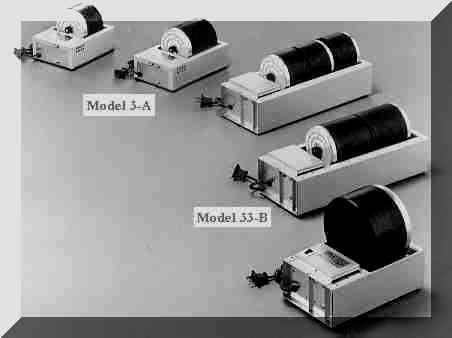
This site contains everything you always wanted to know about the world of
The cleaning of your finds is one of the most difficult task, we'll give you a few methods here.
The trick is to keep as much of the original value as possible, lots of damage can be done when you try to clean the artefacts you have discovered. Professionals often recommend not to clean with polish or sandingpaper, you also should avoid the use of acids, these can do more "cleaning" then you wanted to obtain.
Objects you dig are often covered with a green to brown layer, if you can see the finds structure right trough this oxidation, leave it as it is! It's natures protection against the detiaration of the object, it prevents further harm to the metal, a good example of this patina layer, can be viewed on our opening story. The Lunilea shown there is totally wrapped in such a hard cover.
When your objects are incrusted however, you have the problem how to restore them again. The method you should use highly depends on:
How thick is the rust layer.
What kind of material is the object made of.
How fine is the texture on the find.
The fragility of the object.
The diverse components of the oxidation and the find itself, in case differend metals are used.
How far you want to go. (watch ticking again?)
If the material contains more then metal, for example wood or leather, it is very important you remove the minerals from these natural materials first, even before you begin to work on the metal parts. Wood or leather from land are cleaned with a soft brush, and treated with glycerine. Found in saltwater areas, use lots of freshwater first, then you use a water/sugar solution. The bad minerals and salt will be replaced with the harmless sugar. Afterwards protect it with glycerine.
Some machines you can buy as cleaning help are ultrasounds and tumblers. Do not ever use a tumbler on the softer metals, like silver, gold or led, they are not designed to remove dirt and mud. It can do considerable damage to a object made from these metals!
When you begin cleaning, use a soft brush, water and soap, if this doesn't help, try to cook it in oil, do not try this on led findings, they can melt on the bottom.
Silver coins and jewellery are often cleaned with soda, aluminium kitchen foil and cooking water. Trow it all together, the silver wrapped in the foil, ad hot water and soda, you'll see it begins to boil, the escaping gas from the chemical reaction is not flammable, but I'm not sure it's harmless, so be careful. Leave it in until the water is cool again, or the reaction is stopped. Rub the silver clean with a soft towel. If you are not to glad with the result, repeat it again. This method does not harm the silver, it removes only the black spots.

If you want to know more about detecting, refer to our Mainpage. |